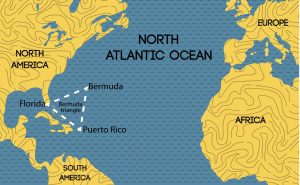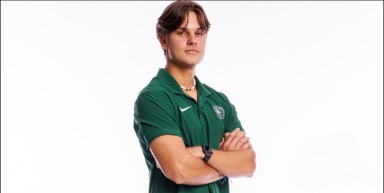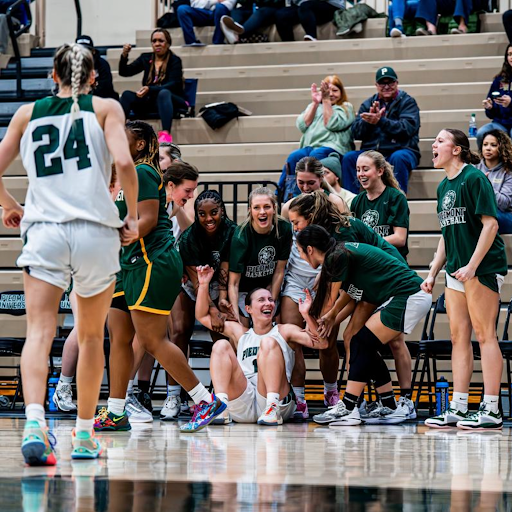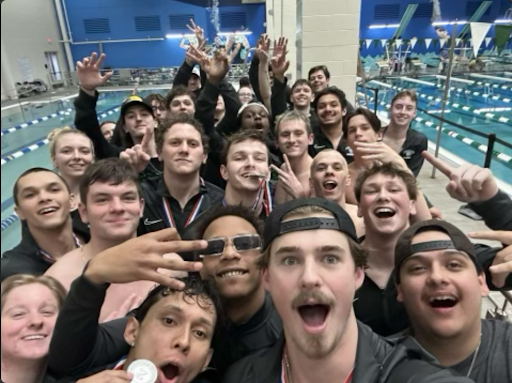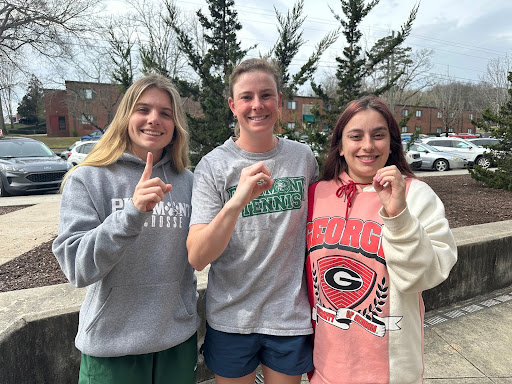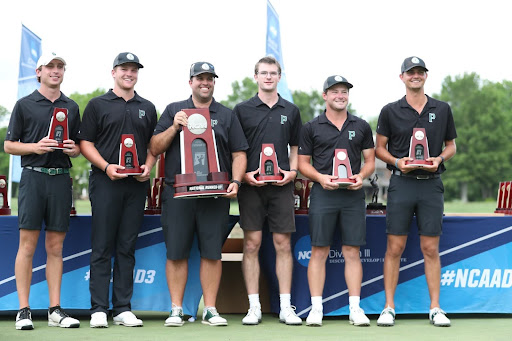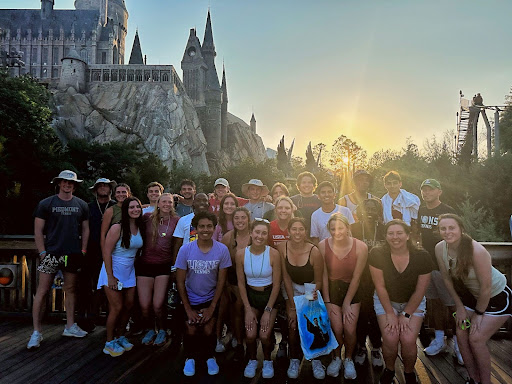By JANIE HARRIS
Sports Editor, Interim EIC
With over 50 years of experience and history organizing division III athletics, the USA South celebrates the 2014-2015 academic year as its third year with Piedmont College but not without some growing pains.
According to USA South Commissioner Rita Wiggs, in the mid-1950s, numerous four-year colleges hungered for athletic programs, but there was one major issue– they needed an organization to govern their programs. In 1963, the Dixie Intercollegiate Athletic Conference was formed. The principle members were the College of Charleston, Charlotte College, Lynchburg College, Methodist College, North Carolina Wesleyan College and St. Andrews Presbyterian College. Wiggs stated that these schools banded together under one principle idea set forth by the conference— “no financial aid shall be given to any student which is conditioned upon, or for the purpose of encouraging, his participation in intercollegiate athletics.”
Because of this, the conference was originally affiliated with the National Association for Intercollegiate Athletics (NAIA), but after the National Collegiate Athletic Associate (NCAA) created a new division III program in 1973, the conference switched gears and became involved with the NCAA.
During the 2003-2004 academic year, the conference underwent a name change. From then on, it was known as the USA South Athletic Conference.
Methodist College remains a member today, along with 12 other schools—Piedmont included. But Piedmont is one of three fairly new schools added to the USA South.
When Director of Intercollegiate Athletics John Dzik was first hired by Piedmont, one of his first assignments was to find a better conference for Piedmont.
Piedmont was part of the Great South Athletic Conference (GSAC), but because there were only five men’s teams for each sport, Piedmont’s men’s athletic teams suffered. In order to receive the opportunity to automatically get a bid into the NCAA championship tournaments, there must be at least seven teams in that sport’s conference. The five teams just weren’t cutting it.
“We had to find a way to try and put both the men’s athletes and the women’s athletes on par,” said Dzik.
Since he started a conference from scratch at his previous school, he said he believed this assignment was going to be easy.
Dzik said, “It was a lot harder than I thought it was going to be.”
After multiple attempts of trying to convert other schools, like Berry College and Oglethorpe University, to become members of GSAC, he decided to look at his only other option that didn’t include trying to create a conference from scratch: the USA South.
He put in Piedmont’s application to become a member, and soon, the USA South responded with a rejection letter.
But how is Piedmont a part of the USA South now?
When Shenandoah University decided to leave the conference, the USA South, worried that they wouldn’t have the seven team requirement, sent out three invitations—one to Maryville College, Lagrange College and Piedmont College.
“We were the first of the three to accept, and when we accepted the invitation, we basically destroyed the GSAC,” said Dzik.
But the growth of the USA South involves some getting used to.
“For our entire history, we have been a North Carolina and Virginia locale conference. And with the addition of the schools from Alabama, Georgia and Tennessee, it obviously spread our geographic footprint tremendously,” said Wiggs.
According to Dzik, this has caused the dissatisfaction of the schools. They are frustrated with the overall impacts of the long distances between conference games. Mary Baldwin College and Huntingdon College are the two members farthest from one another. If they were to travel to Huntingdon, Mary Baldwin would have to transport their players almost 10 hours from northern Virginia to southern Alabama—all to play a conference game.
“They want us to fit into the old model, and the old model wasn’t working. So there have really been some growing pains in the USA South,” said Dzik.
However, Dzik did say that the USA South has given Piedmont opportunities that they did not have in the past, and the USA South is working on a solution to the current problem. Dzik still said that he doesn’t believe Piedmont will remain a member of the USA South forever.
“We are working to get a handle on the best way to schedule, taking into account the financial implications of travel, the student-athlete well being and the classes and academic side of things,” said Wiggs. “Our primary focus is on our student athletes to try to make their athletic experience as broad and as healthy as we possibly can.”


